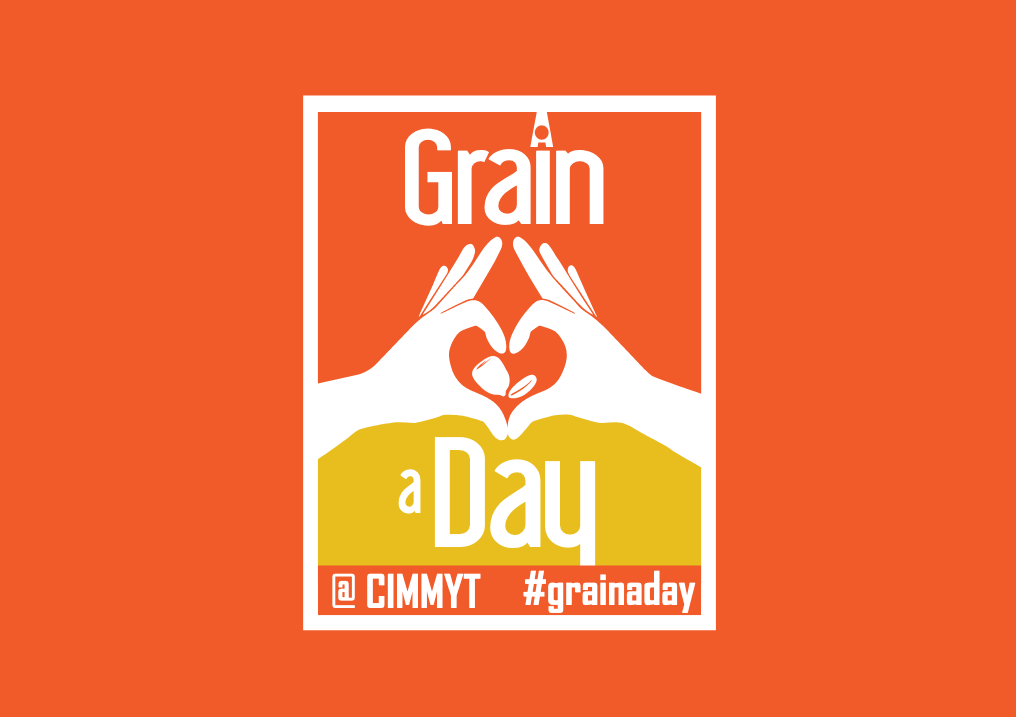Nutrition, health and food security
As staple foods, maize and wheat provide vital nutrients and health benefits, making up close to two-thirds of the world’s food energy intake, and contributing 55 to 70 percent of the total calories in the diets of people living in developing countries, according to the U.N. Food and Agriculture Organization. CIMMYT scientists tackle food insecurity through improved nutrient-rich, high-yielding varieties and sustainable agronomic practices, ensuring that those who most depend on agriculture have enough to make a living and feed their families. The U.N. projects that the global population will increase to more than 9 billion people by 2050, which means that the successes and failures of wheat and maize farmers will continue to have a crucial impact on food security. Findings by the Intergovernmental Panel on Climate Change, which show heat waves could occur more often and mean global surface temperatures could rise by up to 5 degrees Celsius throughout the century, indicate that increasing yield alone will be insufficient to meet future demand for food.
Achieving widespread food and nutritional security for the world’s poorest people is more complex than simply boosting production. Biofortification of maize and wheat helps increase the vitamins and minerals in these key crops. CIMMYT helps families grow and eat provitamin A enriched maize, zinc-enhanced maize and wheat varieties, and quality protein maize. CIMMYT also works on improving food health and safety, by reducing mycotoxin levels in the global food chain. Mycotoxins are produced by fungi that colonize in food crops, and cause health problems or even death in humans or animals. Worldwide, CIMMYT helps train food processors to reduce fungal contamination in maize, and promotes affordable technologies and training to detect mycotoxins and reduce exposure.
Drought-tolerant maize to the rescue as hunger threatens 1.5 million in Zimbabwe
 Climate adaptation and mitigation
Climate adaptation and mitigation
CIMMYT and its partners are working to increase the productivity of maize-based farming systems to ensure food security and increase incomes.
CIMMYT wheat breeder Ravi Singh wins China’s Friendship Award
 Nutrition, health and food security
Nutrition, health and food security
Gains in China’s agricultural productivity over the past 30 years are due in large measure to smallholder farmers who have readily adopted innovative farming practices.
Transforming maize farming failures to successes in Kenya’s drylands
 Capacity development
Capacity development
KDV4 is one of the DT varieties sold in Kenya’s eastern drylands alongside other improved varieties, developed by CIMMYT.
New cookbook features your favorite maize and wheat recipes
 Nutrition, health and food security
Nutrition, health and food security
Crowd-sourced “A Grain a Day” cookbook released to coincide with World Food Day highlights significant role maize and wheat play in the human diet.
SADC ambassadors hear how CIMMYT-SARO is helping to achieve regional food security
 Climate adaptation and mitigation
Climate adaptation and mitigation
CIMMYT seed system specialist presents achievements in southern Africa food security to regional ambassadors in Harare, Zimbabwe.
Book celebrates maize “secret scientists” on International Day of Rural Women
 Gender equality, youth and social inclusion
Gender equality, youth and social inclusion
Rural women play a critical role in enhancing agricultural and rural development, improving food security and eradicating rural poverty.
WEMA hybrid launch to benefit maize farmers in Africa
 Climate adaptation and mitigation
Climate adaptation and mitigation
Through the Water Efficient Maize for Africa (WEMA) project, 13 maize hybrids were approved for commercial production by relevant authorities in Kenya, Uganda, Tanzania and South Africa between October 2014 and March 2015.
CIMMYT helps the Seed Entrepreneurs’ Association of Nepal devise its organizational strategy
 Capacity development
Capacity development
In response to the interest expressed by the Seed Entrepreneurs’ Association of Nepal (SEAN), CIMMYT-Nepal organized a meeting with SEAN and the Nepal Agricultural Research Council (NARC) on 29 July 2015 at NARC’s Agriculture Botany Division, Khumaltar, as an activity of the CIMMYT-led Cereal System Initiative for South Asia-Nepal (CSISA-NP).
Green manure crop cover reduces need for mineral fertilizer in Africa
 Innovations
Innovations
Green manures are an affordable and environmentally friendly alternative to fertilizer for many farmers in southern Africa.
